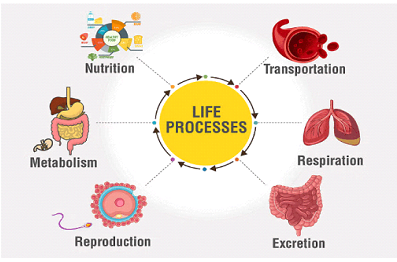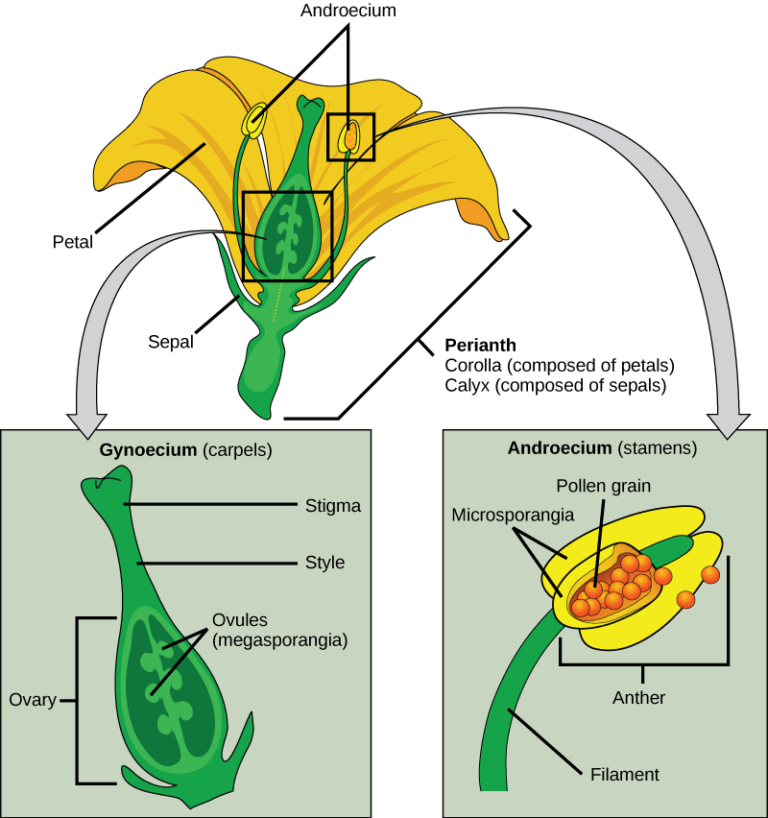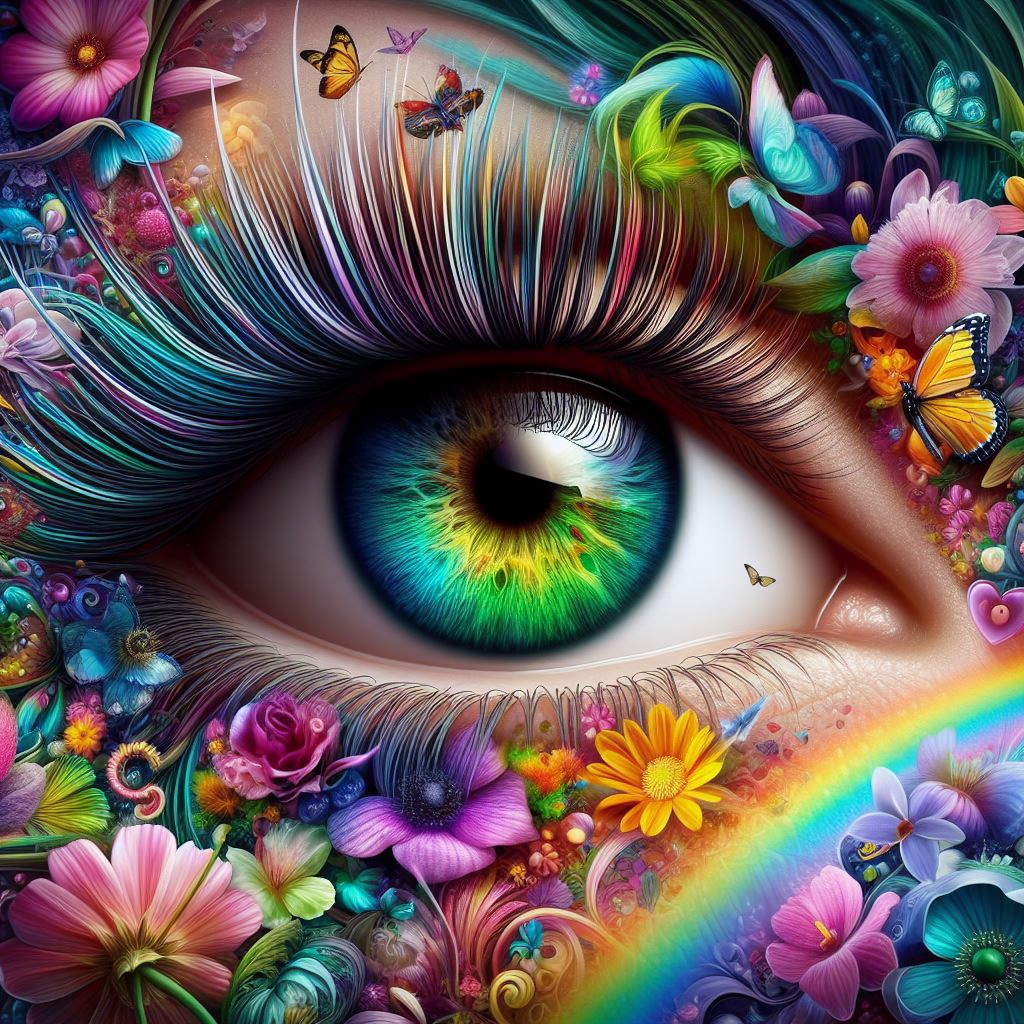Human Eye and Colourful World Class 10 Notes Download as PDF from the bottom of this article.
The chapter Human Eye and Colourful World is a fascinating part of the Class 10 Science syllabus. It explores the structure of the human eye, the phenomenon of refraction, the dispersion of light, and natural optical phenomena like rainbows. Understanding these concepts not only enhances your scientific knowledge but also deepens your appreciation of the natural world.
Overview of the Human Eye
The human eye is a complex and vital organ that enables us to see the world around us. It functions by allowing light to enter and focusing it onto the retina, where it is converted into electrical signals sent to the brain.
Key Components of the Human Eye:
- Cornea: The transparent, curved front part of the eye that helps focus light.
- Iris: The colored part of the eye, controlling the size of the pupil.
- Pupil: The opening that allows light to enter the eye.
- Lens: The flexible, transparent structure that further focuses light onto the retina.
- Retina: The layer at the back of the eye containing photoreceptor cells (rods and cones) that detect light and color.
Common Eye Defects and Their Corrections
- Myopia (Nearsightedness): Difficulty in seeing distant objects clearly. Corrected using concave lenses.
- Hypermetropia (Farsightedness): Difficulty in seeing nearby objects clearly. Corrected using convex lenses.
- Presbyopia: Age-related difficulty in seeing nearby objects. Corrected using bifocal lenses.
Refraction of Light Through a Prism
The chapter also covers how light refracts as it passes through a prism, separating into its constituent colors. This phenomenon, known as the dispersion of light, is beautifully demonstrated by the formation of a rainbow.
Natural Optical Phenomenon
- Rainbow Formation: Caused by the dispersion of sunlight by water droplets in the atmosphere.
- Scattering of Light: Explains why the sky appears blue and why the sun looks reddish during sunrise and sunset.
- Twinkling of Stars caused by the atmospheric refraction of starlight.
Key Points in Our Class 10 Notes
- Detailed Diagrams: Illustrations of the human eye, dispersion of light, and ray diagrams for lens corrections.
- Conceptual Clarity: Simplified explanations of refraction, dispersion, and scattering of light.
- Exam-Oriented Content: Focused on important topics frequently asked in exams.
Why Choose Our Notes?
- Comprehensive Coverage: All essential topics are explained with clarity.
- Student-Friendly: Easy-to-understand language and well-organized content.
- Quick Reference: Ideal for last-minute revisions before exams.
Access Your Notes
Enhance your learning with our Human Eye and Colourful World Class 10 Notes. Click here to download the PDF and get access to a complete guide that simplifies complex concepts and helps you score better in exams.
Conclusion
Mastering the chapter The Human Eye and Colourful World is essential for a strong foundation in physics. Our notes are designed to provide a thorough understanding of the concepts and prepare you effectively for your exams. Download now and take the first step towards academic success!



